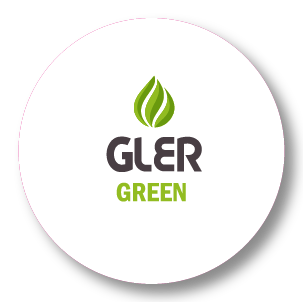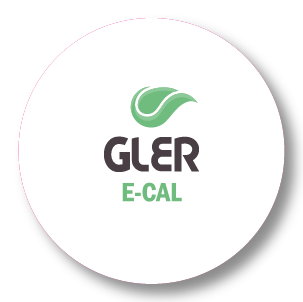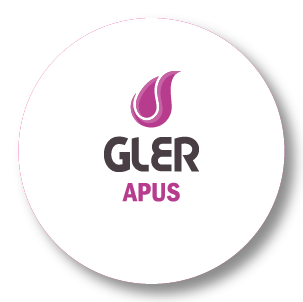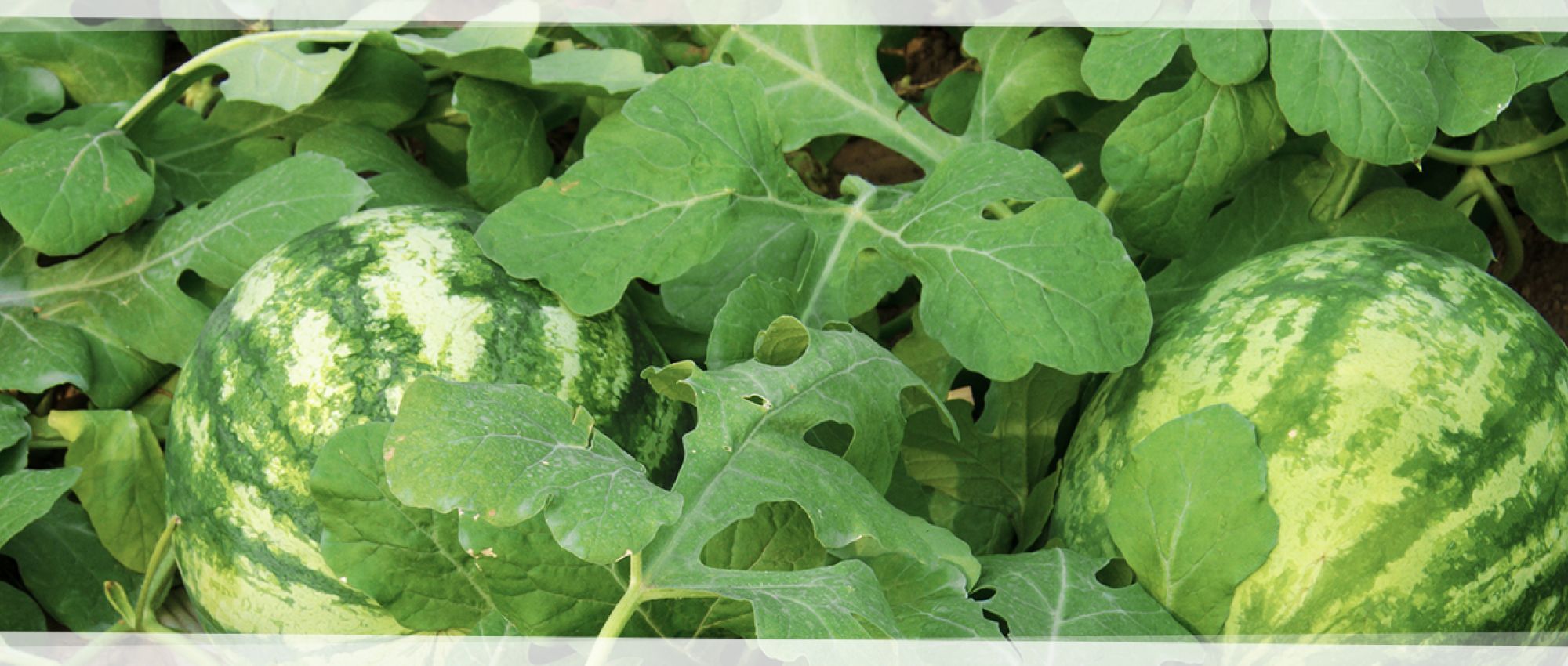
WATERMELON, EVERYBODY’S FAVOURITE FRUIT
Early summer watermelons can be found in the markets in June, but we have to wait until July for the best flavour.
In Almería – specifically in El Ejido – watermelons are grown under glass, while Murcia prefers to grow them outdoors. The watermelons we see in Europe in March and April are usually from Costa Rica and Panama, or from Africa (Morocco or Senegal), and sometimes even from Iran.
By April, the Spanish watermelon comes into its own. The Spanish watermelon sector knows that, if we brought forward our harvest, we would be competing with fruits from these distant countries, since the selling season would be the same.
This is why our production peak is in July. Of the total, 51% are grown in Almería, 16.7% in Murcia and 7.54% in Ciudad Real
What is the origin of the watermelon?
There are two possibilities. Some say that it came from wild forms found in Africa, while others maintain that its origins lie in the Nile Valley, where wild watermelon grew. There is also a third possibility that blends these two, in which the famous explorer David Livingston discovered the watermelon on his first trip to northern South Africa, in the Kalahari desert.
It was first cultivated back in 3,000 BC, in Egypt. Watermelons thrived here on the fertile banks of the free-flowing waters of the River Nile where the climate was warm.
The Arabs brought the watermelon to our countries between the eighth and fifteenth centuries. Nonetheless, it was not until 1980 that the species we eat today came into being, when farmers in Almería began to grow it; it is a hybrid of two species, Citrullus maxima and Citrullus moschata.
Morphology and Taxonomy
Watermelon is a crop belonging to the Cucurbitaceae family, with the botanical name Citrullus lanatus (Thunb). Synonyms: C. vulgaris and Colocynthis citrullus.
It is an annual herbaceous, trailing or climbing plant.

Root system: highly branched. Deep main root and superficially distributed secondary roots. This is of little relevance since around 95% of watermelon is produced by grafting onto C. maxima x C. moschata rootstock. This hybrid was brought to Almería province in the mid-1980s to tackle the problem of fusariosis (whose causative agent is Fusarium oxysporum f. sp. niveum). This rootstock also boosts the crop’s vigour and helps with resistance to Verticillium and tolerance to Pythium and Nematodes.
Stems: scrambling, green in colour and pubescent. When the main stem has 5–8 fully-developed leaves, it sends out secondary shoots from the leaf axils. The secondary stems send out tertiary shoots, and it continues this way until it attains a spread of 4–5 square metres.
Leaf: petiolate, pinnately-lobed, with 3–5 lobes that are, in turn, split into rounded segments with deep notches that do not reach the central vein.
Flowers: yellow, solitary, pedunculate and axillary; they attract insects by their colour, scent and nectar (entomophilous flowers), meaning that pollination is entomophilic. The corolla has regular symmetry or is actinomorphic. The calyx consists of free green sepals. There are two types of flower: male (or staminate) and female (or pistillate); a single plant has both sexes, albeit in different flowers (unisexual flowers). It is easy to spot the difference between male and female flowers.
Fruit: Globose or oblong pepo berry formed by three fused carpels with an attached receptacle, forming the pericarp. The ovary placentation is central, with numerous ovules that will produce the seeds. They can weigh between 2 and 20 kg. The colour of the rind varies: it may be solid or have stripes of yellow, grey or light green on a base of varying green tones. The flesh may be red, pink or yellow, and they may be seedless (triploid fruits) or have seeds of different sizes and colours, including black, brown and white.
Climate and soil requirements
Watermelon has fewer temperature demands than melon, though triploid cultivars require higher temperatures than the normal ones and have greater germination difficulties. When the differences between night and day temperatures range from 20–30ºC, the plants suffer from disorders: the neck and stems can split, and the pollen made is not viable. Grafted watermelons have increased resistance to both cold and heat.
The ideal relative humidity is within the 60–80% range and is very important during flowering.
Watermelon thrives in well-drained soils rich in organic matter and fertilisers. However, the soil will not hold back watermelon growth if the sand mulch technique is used, since fertigation will be tailored to the medium after this has been carried out.
Choice of plant
Main selection criteria:
- Demands of the destination markets.
- Characteristics of the commercial variety: plant vigour, fruit characteristics, disease resistance.
- Crop cycles and alternation with other crops.
Two types of hybrid variety are available:
- “Sugar Baby”, with its dark green rind.
- “Crimson”, with its striped rind.
Fertigation
While some farms use surface irrigation, the most prevalent form of fertigation for watermelons is drip irrigation (for greenhouse watermelons), which delivers water and nutrients based on the phenological phase of the plant and its growing environment (including soil type, climate conditions and watering quality).
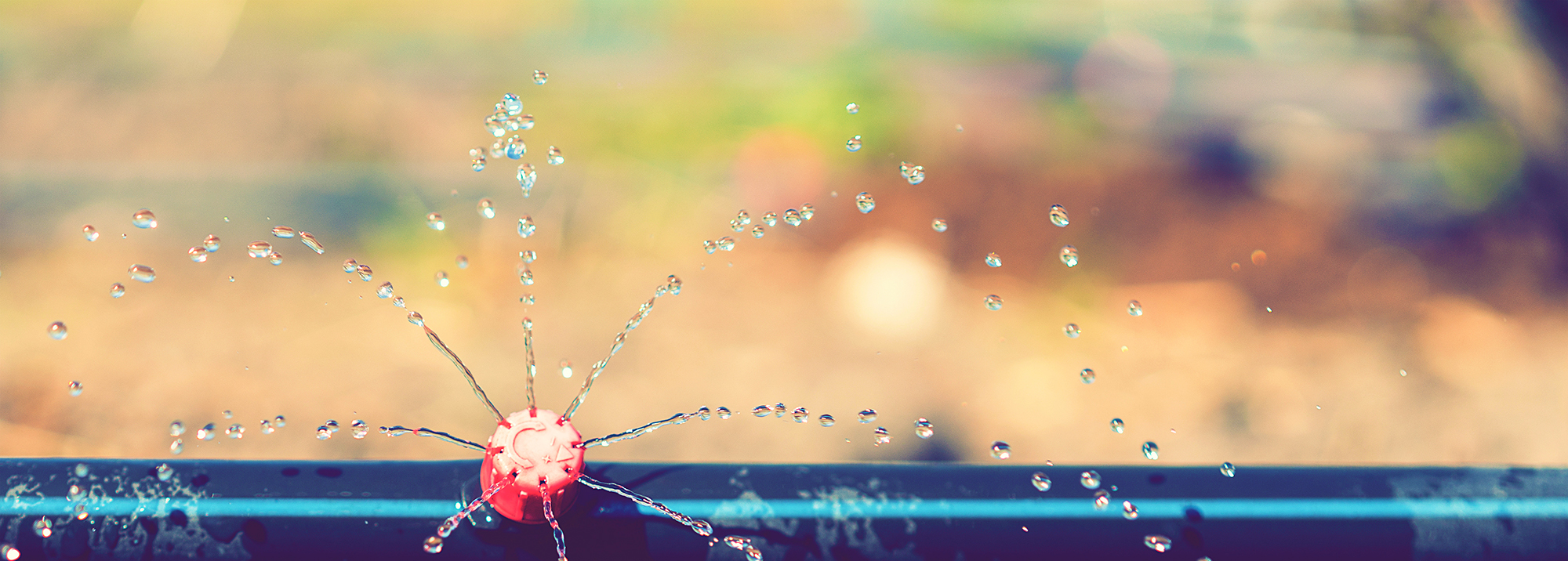
When grown in soil with sand mulch, the timing and volume of irrigation are determined by:
- Water stress in the soil.
- Soil typology (field capacity, saturation percentage).
- Crop evapotranspiration.
- Irrigation efficiency (uniformity of drip flow).
- Quality of irrigation water.
Watermelon’s water consumption fluctuates from winter to summer, depending on fruit swelling, and irrigation must be cut down and/or the electrical conductivity of the nutrient solution increased towards maturity to prevent fruit splitting.
Ideally, they should be well watered before planting and then have frequent, short waterings until the plant is well rooted. During the plant’s development and until flowering, irrigation should be deep and sparing; during flowering, switch to brief, daily watering, increasing to long and often during fruit setting and growth. As the fruit ripens, the water volume and watering intervals should be gradually spaced out.
In hydroponic crops, irrigation is automated and different systems may be used to determine the irrigation needs of the crop. The most popular of these is the use of trays for irrigation on demand. The time and volume of irrigation will depend on the physical characteristics of the substrate.
There are many fertiliser “recipes”, some of which may seem contradictory, despite being indicated for the same soil type and variety. Generally speaking, though, total fertiliser doses should not exceed 2 g/L-1, 1 g/L-1 being common for water with a conductivity around 1mS/cm-1.
The most common types of fertiliser are the simple ones in the form of soluble solids (calcium nitrate, potassium nitrate, ammonium nitrate, monopotassium phosphate, monoammonium phosphate, potassium sulphate, magnesium sulphate) and liquid fertilisers (phosphoric acid, nitric acid), which are low-cost and allow for easy adjustment of the nutrient solution. Complex crystalline solid and liquid fertilisers are also available; these can be used alone or mixed with simple fertilisers and adjusted to suit the needs of the plant at different stages of growth.
Microelements, previously overlooked, are vital for adequate nutrition. We can find a wide range of solids and liquids in either mineral or chelated formsto keep them stable in the growth medium and allow their absorption by the plant. A melon plant lacking in micronutrients will not produce edible melons.
There are also many methods of correcting both macro and micronutrient deficiencies that can be applied to the leaves or fed through drip irrigation.Amino acids can be used for prevention and cure, supporting the plant at critical times during its growth or under unfavourable environmental conditions. Other products, such as humic and fulvic acids and saline correctors, can also improve ambient conditions and help the plants absorb nutrients.
This brings us to one of our foliar ranges, which is highly beneficial for these types of trailing crop (watermelon, melon, pumpkin, etc.). It is a top-performing highly efficient fertiliser range that uses our EUe® technology, made for foliar use, that promotes rapid adsorption through the leaf and its immediate vascular translocation to the plant organs.
The DFINNOVA GLER range, your greatest ally
The GLER range of foliar solutions is unique in its excellent capacity for adsorption into the leaf and rapid translocation to the plant organs. It is highly soluble in cold water.
The importance of supplementary foliar fertilisation revolves around three basic factors:
- Limited availability of nutrients in the soil.
- Loss of nutrients applied to the soil
- High internal demand for nutrients due to phenological phase.
In foliar fertilisation, the process for nutrient adsorption and use by the plant is: leaf adsorption, cuticle penetration, absorption in metabolically active cells and translocation to the organs for use by the plant.
Our INNOVAtive and complex formulation:
- Includes surfactants and humectants.
- Has a low deliquescence point.
- Increases the rate of adsorption.
The solutions in this family are formulated to include rapidly adsorbed soluble microelements.
Nitrogen, phosphorus and potassium fertilisers, granular or soluble… whatever you need. With the help of our technical sales staff, you can effectively manage each of the plant’s phenological stages and grow healthy, balanced plants from start to finish.
In this article, we talked briefly about foliar fertilisers for improving the conditions of a trailing crop. Remember though, that we have many more products available.
Reach out to us, we are here to support you and are always happy to help.

